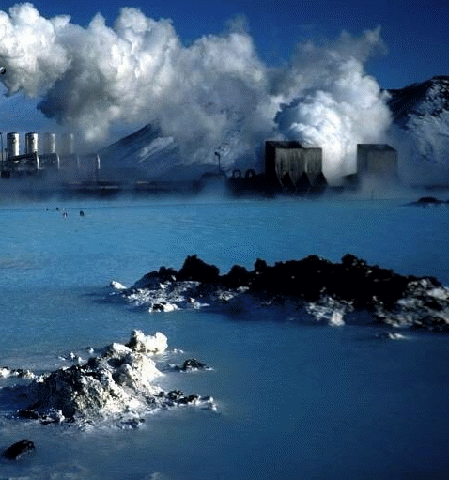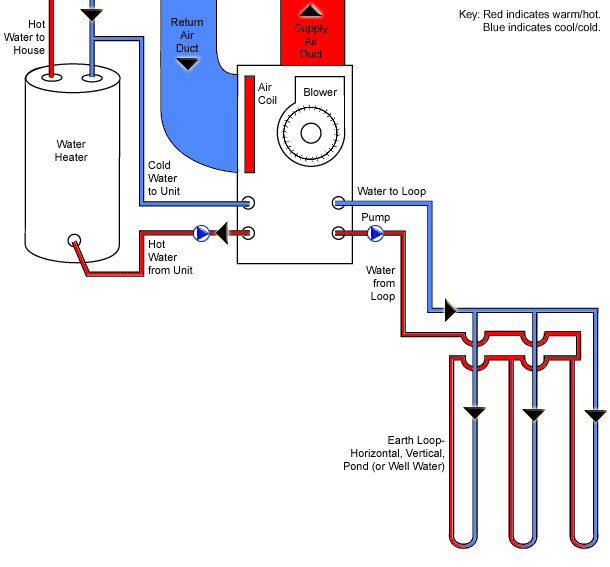Archive for March, 2007
90.5 million acres of corn planted
This constitutes a 15% increase from 2006 and the largest corn planting in over 60 years. The demand for corn is being driven largely by the use of corn to produce ethanol (though other types of plants have greater ethanol yields in other places, like sugar cane in Brazil.)
Since farming is something of a zero sum game, other species of crops will decrease as a natural consequence of the bull run on corn, notably soy beans which have decreased to 67.1M acres in 2007. The US Department of Agriculture released a report this morning detailing these shifts and more.
Federal Production Tax Credit increases
Renewable electricity producers got a cost of living increase as the Internal Revenue Service published the inflation adjustment factor for 2006. This increases the current PTC credit from $19 per megawatt hour to $20 per megawatt hour. This is an annual process of review and, if appropriate, adjustment of the credit. The credit is available to any qualified renewable electricity producer for a period of up to 10 years.
Comments are off for this post
Photo of the day: Iceland’s Blue Lagoon

Iceland’s Svartsengi Power Plant produces 46MW electricity and 150MW thermal, then ejects clean water at 40C (104F) into this lagoon which is widely photographed and somewhat other worldly.
WFI, eco-* opportunity
While we mostly focus on electricity generation from renewable resources with something of a focus on geothermal technologies, I thought it was time to take a look at the home market.
WFI, A US company, listed on the Toronto Stock Exchange, presents a really interesting eco* (ecological and economic) opportunity: it has all the makings of a great investment and its products provide environmental benefit. In a nutshell, WFI uses geothermal heat exchange to heat or cool your home or office. WFI has two businesses, a product business consisting of the geothermal pumps (WaterFurnance) and an installation service that will install the heat exchange loops (LoopMaster.)
The DOE estimates that for each home installation of a geothermal heat pump it equates to taking two cars off the road for a year. These pumps have around 2.5 to 4 coefficient of performance, for every unit of energy that goes into the system 2.5 to 4 units of heat/cooling come out. The way these systems work is pretty simple, see the diagram below:

On the economic front, WFI earned $8.3M on sales of $91M and paid a dividend of $0.50/share, up from $6M, $72M, and $0.44/share last year. The company has been around for 25 years and is investing for expansion as green becomes the new red, white, and blue and fossil fuel prices continue to rise. WFI is trading around $22.80(C)/share currently.
This is one of those times that a company with a good product, in an expanding market, with a strong balance sheet, is poised to take off. Not only can investors benefit, but the customers, and the environment can benefit too. As always, do your own research before investing in any company, but I believe WFI presents an interesting opportunity below $21(C)/share.
Disclosure: The author holds no shares in WFI but is strongly considering an investment at the right price.
The Funding Gap
The renewable energy business is kind of odd. On the one hand, there is a large established and entrenched infrastructure on both the electricity and the transportation sides served by giant companies with huge profits. On the other hand, there is something of a gold rush mentality of entreprenuers setting up Silicon Valley like startups ranging from new technology to acquisition of “old world” assets to “operations” companies.
The easiest bits to get a grip on are established players (like Florida Power and Light) who are entering the renewable space aggressively and expect the renewable portion of their portfolio to represent growth and the small technology startup that really does look like a traditional Silicon Valley startup. The other companies, like renewable project developers, are a little tougher for investors to grok.
For example, take a company like Raser Technologies. Raser has expertise in motors and generators, has acquired geothermal leases, has acquired binary technology, and is publicly traded. If one looked only at Raser’s sales and earnings, the valuation of the company would be miniscule. Yet Raser inexplicably has a listed enterprise value of $250M. The right answer seems to be between the enterprise value and a strict earnings valuation.
As Raser develops its properties, it will likely require more funding. Where will that funding come from? Debt or further dilution of equity? That seems to be the gap – developers and operators don’t have access to traditional venture capital. They can gain access to funding through private placement and PIPE offerings, but the market to match funds with these sorts of capital intensive activities is fractured, small, and immature.
So if you’re not a traditional startup aiming for technology breakthrough or an established utility, you’re likely living in that gap. We’d be interested to hear what you’re doing to bridge it.








